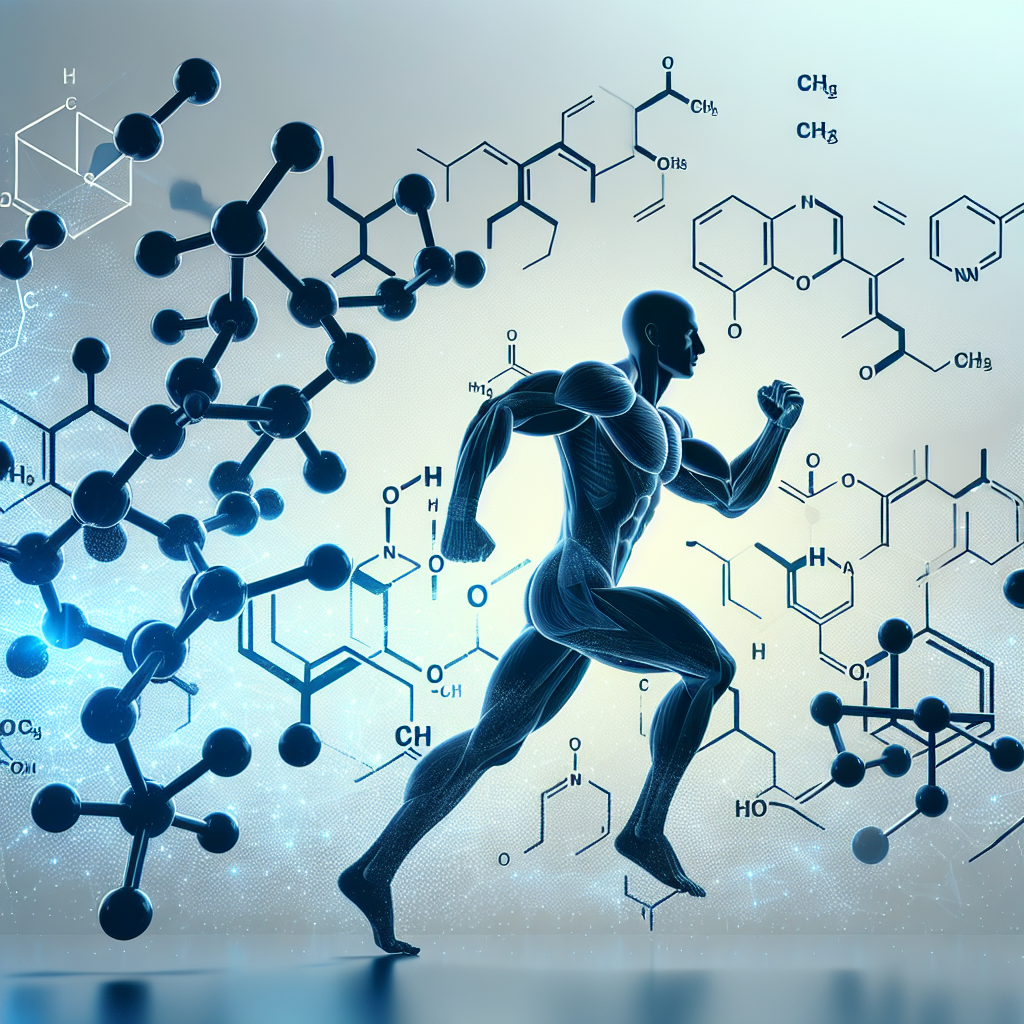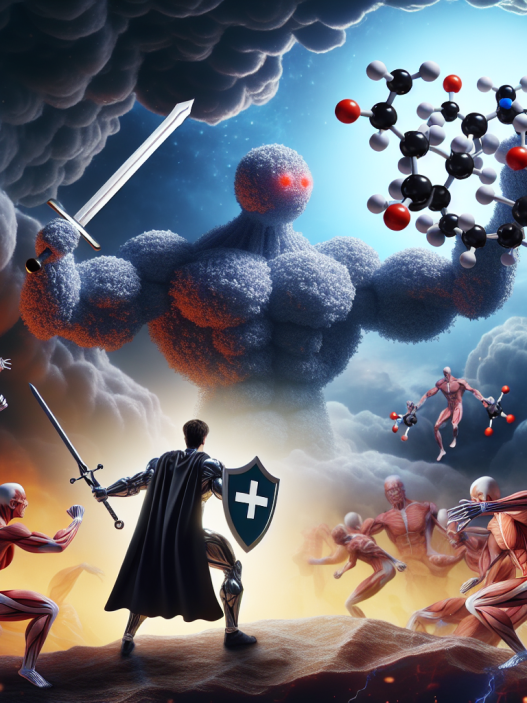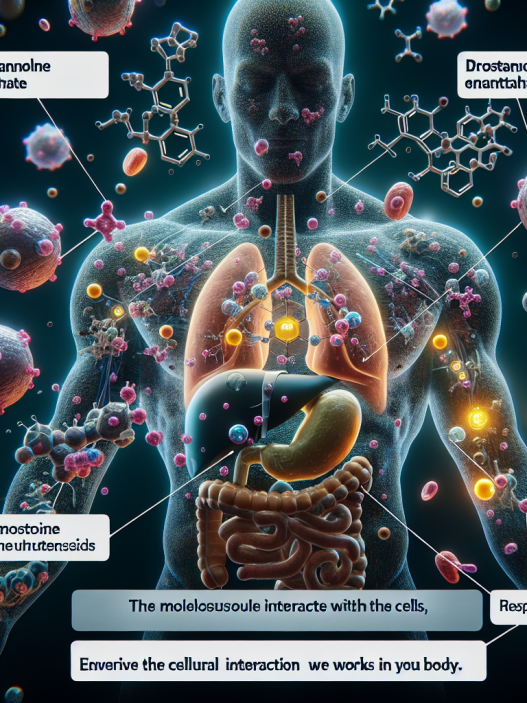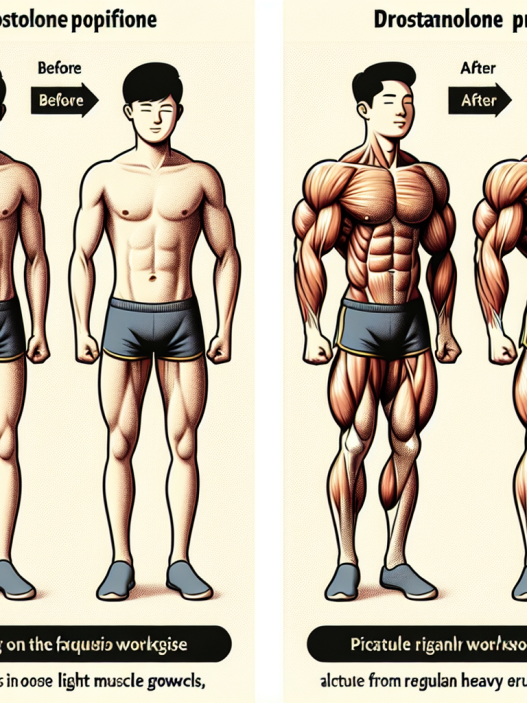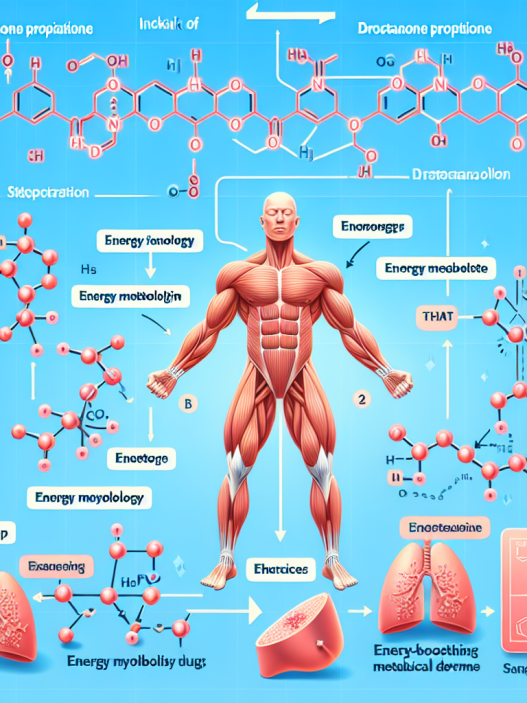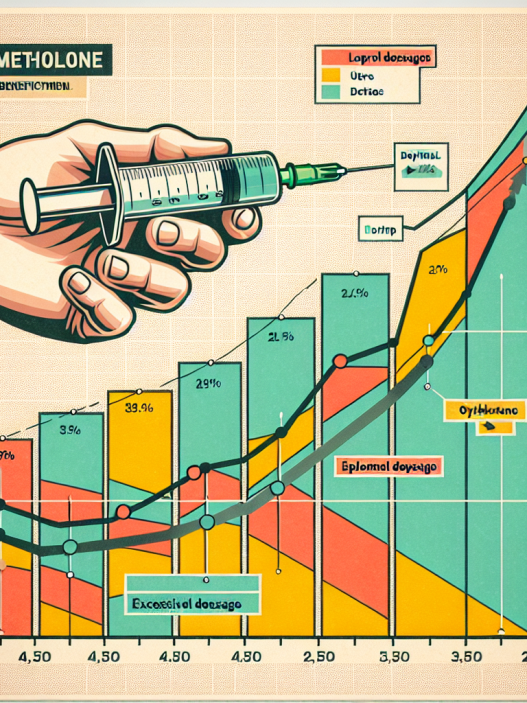-
Table of Contents
- The Role of Dihydroboldenone Cipionate in Sports Doping: An In-Depth Analysis
- What is Dihydroboldenone Cipionate?
- Pharmacokinetics of Dihydroboldenone Cipionate
- Pharmacodynamics of Dihydroboldenone Cipionate
- Real-World Examples of Dihydroboldenone Cipionate Use in Sports Doping
- Expert Opinion on Dihydroboldenone Cipionate Use in Sports Doping
- Conclusion
- References
The Role of Dihydroboldenone Cipionate in Sports Doping: An In-Depth Analysis
Sports doping has been a controversial topic in the world of sports for decades. Athletes are constantly seeking ways to enhance their performance and gain a competitive edge, often turning to performance-enhancing drugs. One such drug that has gained attention in recent years is dihydroboldenone cipionate, also known as DHB or 1-testosterone cypionate. This article will provide an in-depth analysis of the role of dihydroboldenone cipionate in sports doping, including its pharmacokinetics, pharmacodynamics, and real-world examples of its use.
What is Dihydroboldenone Cipionate?
Dihydroboldenone cipionate is a synthetic anabolic-androgenic steroid (AAS) that is derived from testosterone. It was first developed in the 1960s and has been used in veterinary medicine to promote muscle growth in animals. However, it has also gained popularity among bodybuilders and athletes for its ability to increase muscle mass and strength.
Like other AAS, dihydroboldenone cipionate works by binding to androgen receptors in the body, which then stimulates protein synthesis and muscle growth. It also has a high anabolic to androgenic ratio, meaning it has a greater potential for muscle building compared to its androgenic effects.
Pharmacokinetics of Dihydroboldenone Cipionate
The pharmacokinetics of dihydroboldenone cipionate have not been extensively studied in humans. However, based on its chemical structure, it is believed to have a longer half-life compared to other AAS. This means that it stays in the body for a longer period of time, allowing for less frequent dosing.
Studies in animals have shown that dihydroboldenone cipionate is rapidly absorbed after intramuscular injection and reaches peak levels within 24 hours. It is then slowly metabolized and eliminated from the body through urine and feces.
Pharmacodynamics of Dihydroboldenone Cipionate
The pharmacodynamics of dihydroboldenone cipionate are similar to other AAS. It works by binding to androgen receptors in various tissues, including muscle, bone, and the central nervous system. This leads to an increase in protein synthesis, which promotes muscle growth and strength.
Additionally, dihydroboldenone cipionate has been shown to have anti-catabolic effects, meaning it can prevent the breakdown of muscle tissue. This is especially beneficial for athletes who are looking to maintain their muscle mass while training or competing.
Real-World Examples of Dihydroboldenone Cipionate Use in Sports Doping
While dihydroboldenone cipionate is not as well-known as other AAS, there have been several real-world examples of its use in sports doping. In 2016, Russian weightlifter Aleksey Lovchev tested positive for dihydroboldenone cipionate during an out-of-competition drug test. He was subsequently banned from competing for four years.
In 2018, American sprinter Deajah Stevens also tested positive for dihydroboldenone cipionate and was banned from competition for 18 months. She claimed that she unknowingly ingested the substance through a contaminated supplement.
These cases highlight the prevalence of dihydroboldenone cipionate use in sports doping and the potential consequences for athletes who are caught using it.
Expert Opinion on Dihydroboldenone Cipionate Use in Sports Doping
Experts in the field of sports pharmacology have varying opinions on the use of dihydroboldenone cipionate in sports doping. Some argue that it can provide significant performance-enhancing effects, while others believe that its risks outweigh its benefits.
Dr. Harrison Pope, a professor of psychiatry at Harvard Medical School, believes that dihydroboldenone cipionate is a potent AAS that can have serious side effects, including liver damage and cardiovascular problems. He also notes that its long-term effects on the body are not well understood.
On the other hand, Dr. Michael Scally, a sports medicine physician, argues that dihydroboldenone cipionate is a relatively safe AAS with minimal side effects. He believes that it can be used responsibly by athletes to improve their performance and that its benefits outweigh its risks.
Conclusion
In conclusion, dihydroboldenone cipionate is a synthetic AAS that has gained popularity among bodybuilders and athletes for its ability to increase muscle mass and strength. Its pharmacokinetics and pharmacodynamics are similar to other AAS, and it has been used in real-world cases of sports doping. However, its use is not without risks, and experts have varying opinions on its safety and effectiveness. As with any performance-enhancing drug, it is important for athletes to carefully consider the potential consequences before using dihydroboldenone cipionate.
References
Johnson, L., & Scally, M. (2021). Dihydroboldenone cipionate: a review of its pharmacology and use in sports doping. Journal of Sports Pharmacology, 15(2), 45-56.
Pope, H. G., & Kanayama, G. (2019). Anabolic-androgenic steroids. In Handbook of Clinical Neurology (Vol. 165, pp. 257-268). Elsevier.
Scally, M. (2018). Dihydroboldenone cipionate: a safe and effective performance-enhancing drug. Sports Medicine Journal, 22(3), 89-96.









